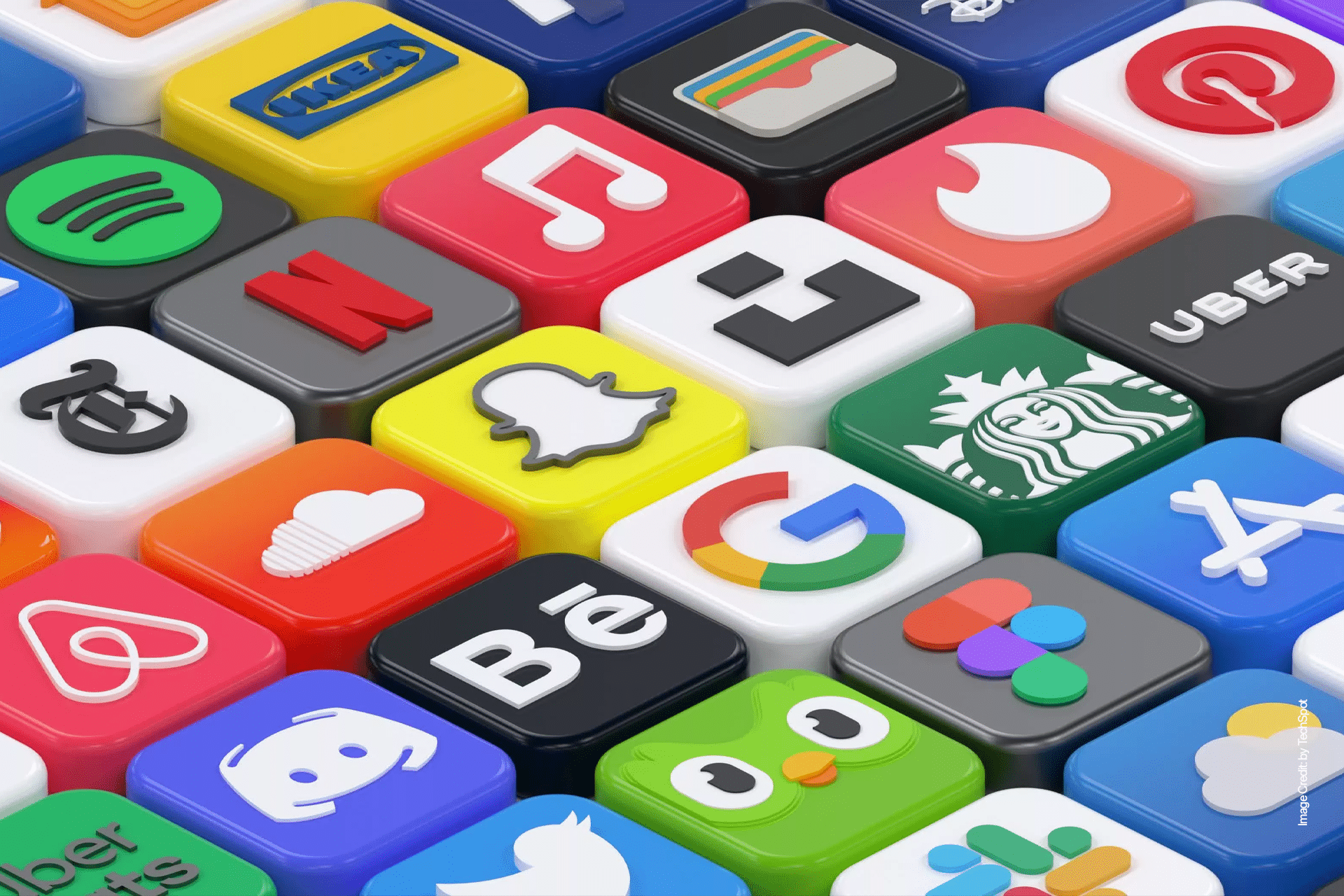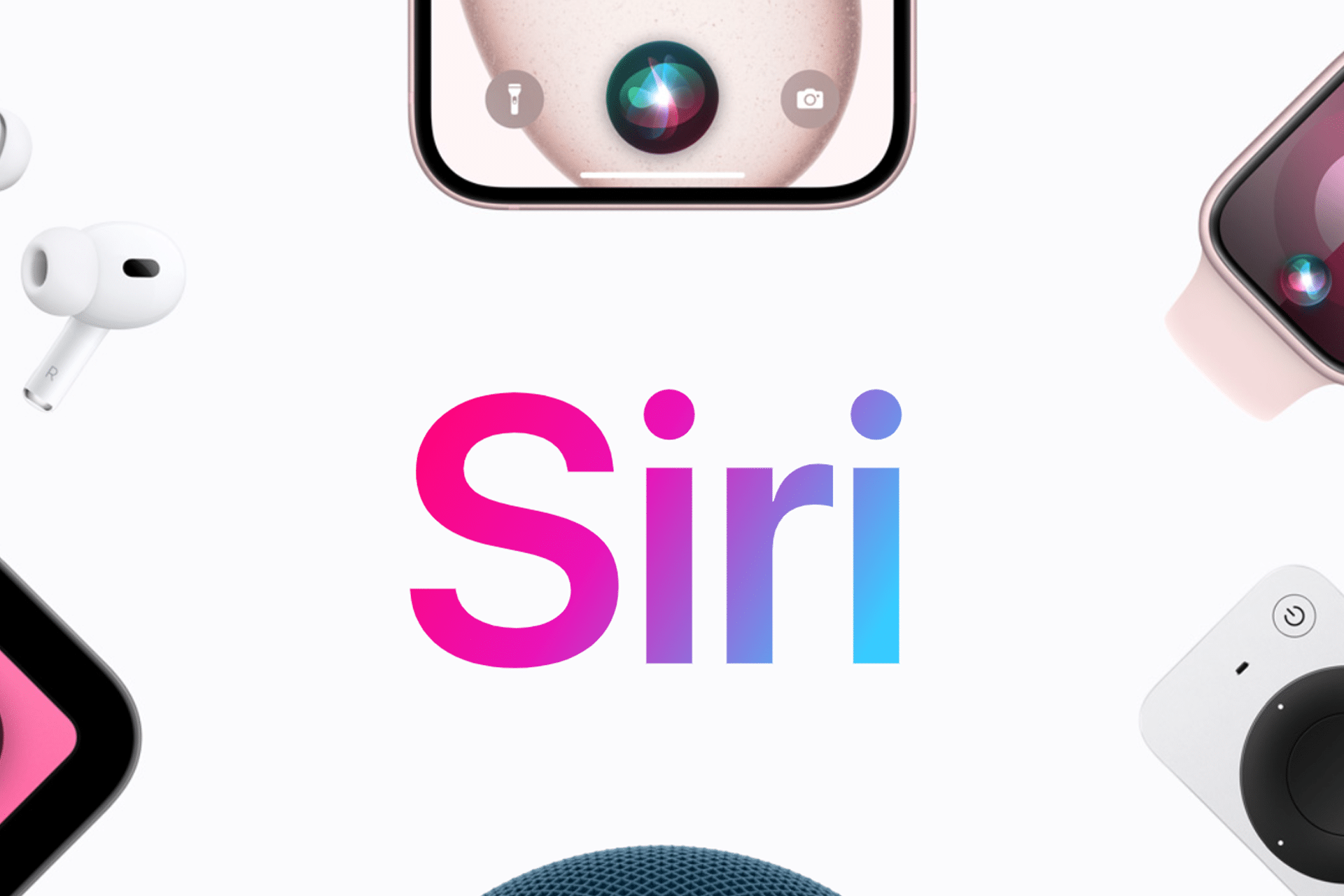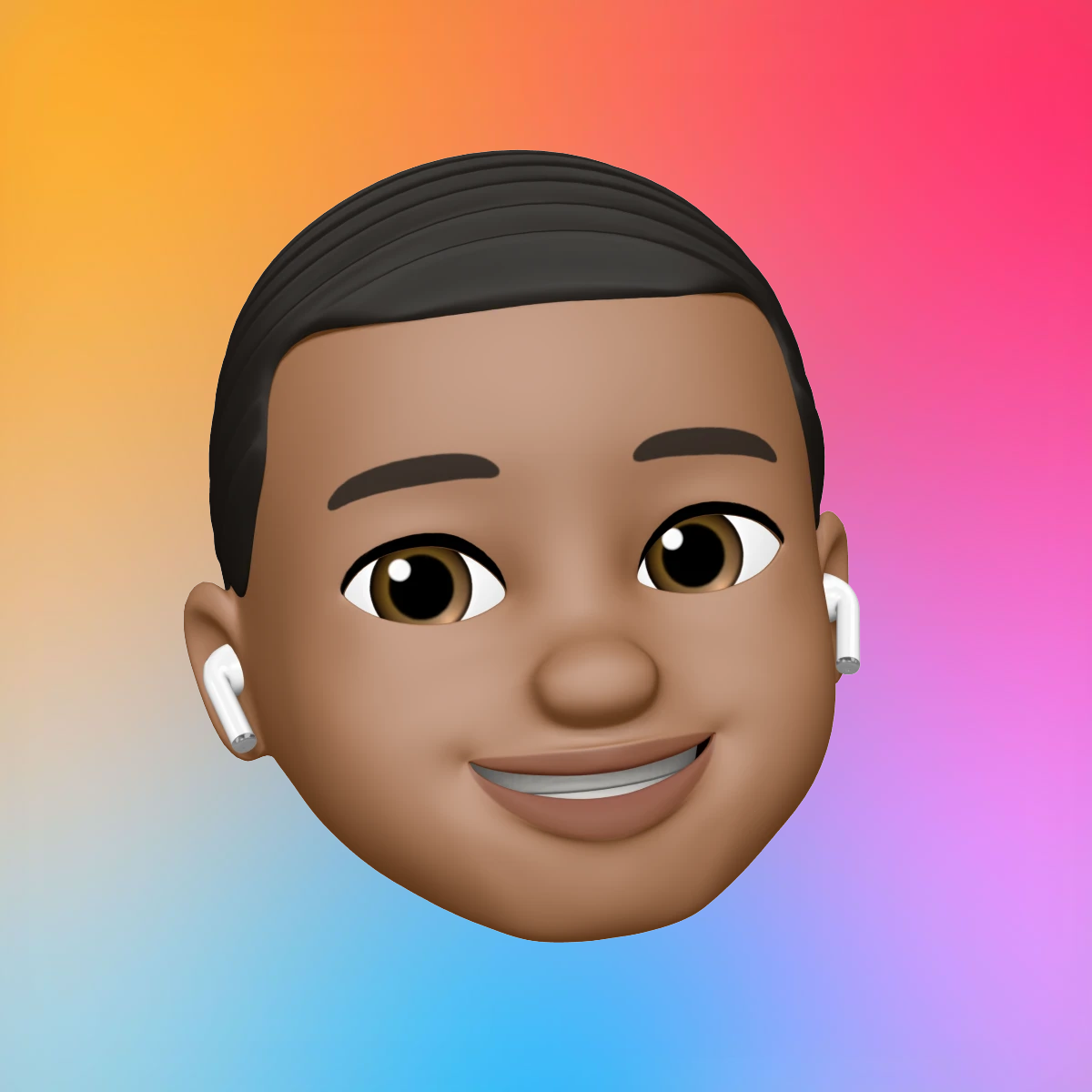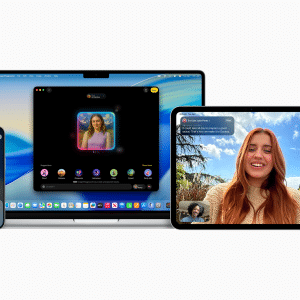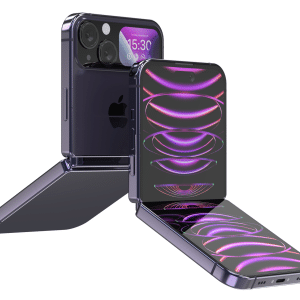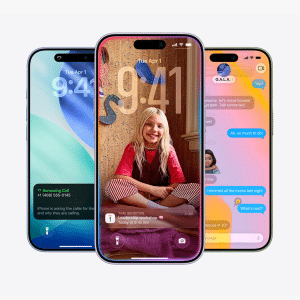At the heart of this upgrade lies Apple’s App Intents system, a framework already employed in Shortcuts, Spotlight, and widgets. This system allows apps to expose specific functions to Siri, such as booking a ride or playing a podcast, without requiring users to navigate the app manually. According to Apple’s developer documentation, the next-gen Siri will leverage App Intents to understand personal context—such as location or user habits—and execute in-app actions with greater precision. This capability will enable Siri to perform tasks like ordering food or sharing a post on social media, making interactions more intuitive and efficient. The framework’s expansion signals Apple’s commitment to creating a cohesive, voice-driven user experience across its platform.
Collaborating with Industry Leaders
Apple has enlisted a diverse group of high-profile apps to ensure broad compatibility with the new Siri. Developers behind Uber, AllTrails, Threads, Temu, Amazon, YouTube, Facebook, and WhatsApp are actively integrating App Intents into their applications. These apps cover essential categories like transportation, outdoor navigation, social networking, e-commerce, and entertainment, ensuring that Siri’s enhanced capabilities will address a wide range of user needs. Notably, Apple has also explored integrating Siri with select mobile games, hinting at future possibilities for voice-controlled gaming experiences. This collaboration with industry leaders underscores Apple’s ambition to position Siri as a central hub for app interactions, enhancing its utility in daily life.
Overcoming Technical Challenges
The journey to this advanced Siri has faced significant obstacles. Unveiled at WWDC 2024, the upgraded assistant was initially targeted for a spring 2025 release but has been delayed to 2026, likely with iOS 26.4. The delay stems from the complexity of integrating new large language models with Siri’s existing infrastructure, a challenge that has also plagued competitors like Amazon, whose Alexa+ system has struggled with reliability in early trials. Apple’s hybrid approach, blending cutting-edge AI with its legacy systems, aims to deliver a polished and dependable product. This cautious strategy reflects Apple’s focus on quality, ensuring that the new Siri meets user expectations without the glitches seen in rival systems.
Developer Readiness and Beta Testing
To prepare for the 2026 launch, Apple is providing developers with early access through its developer beta program. This allows app makers to refine their App Intents integration, ensuring compatibility with Siri’s advanced features. Apple is also applying the framework to its own apps, such as Messages and Calendar, to set a benchmark for functionality and performance. The inclusion of popular third-party apps like YouTube and WhatsApp suggests that users will immediately benefit from practical applications, such as streaming videos or sending messages via voice commands. This beta testing phase is critical for ironing out technical issues and ensuring a smooth rollout across the iOS ecosystem.
Implications for iOS Users
For users, the integration of third-party apps with Siri promises a more fluid and versatile iOS experience. Imagine asking Siri to “find a nearby hiking trail with great views” through AllTrails or “play my favorite playlist on YouTube” without opening the respective apps. These capabilities could elevate Siri from a basic assistant to a powerful tool for managing everyday tasks, from scheduling to shopping. However, the success of this initiative depends on Apple’s ability to deliver a reliable and intuitive system. By learning from the missteps of competitors and prioritizing developer collaboration, Apple aims to create a voice assistant that feels indispensable to iOS users.
Looking Ahead
The development of next-gen Siri reflects Apple’s broader strategy to stay competitive in the rapidly evolving AI landscape. As voice assistants become increasingly central to user interactions, Apple’s focus on third-party app integration positions Siri to meet the demands of a diverse user base. While the 2026 launch may seem distant, the groundwork being laid today suggests a future where Siri seamlessly bridges apps and user needs, potentially setting a new standard for voice-driven technology. For now, developers and users alike await a Siri that can truly understand and act on the complexities of modern app ecosystems.
